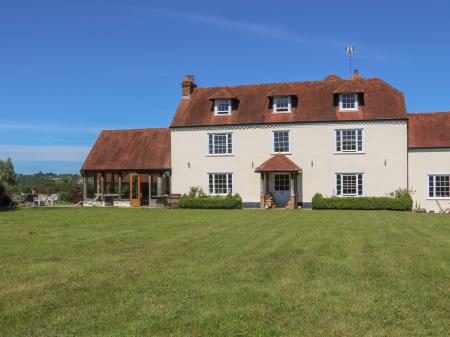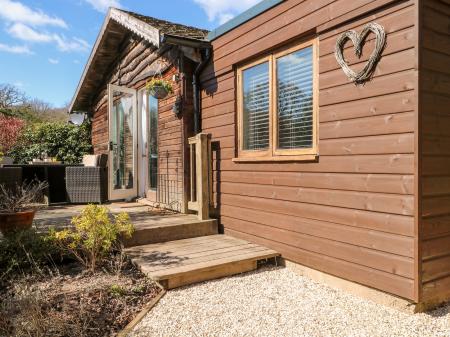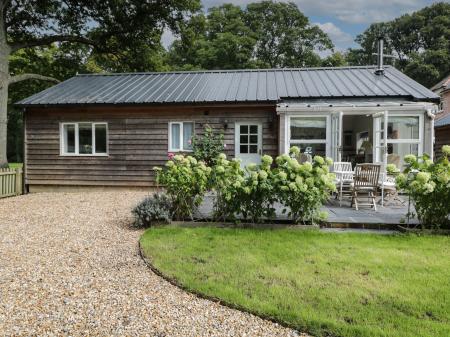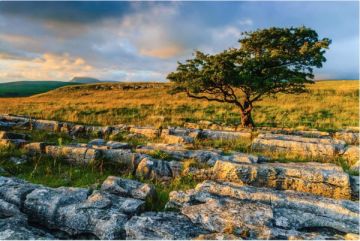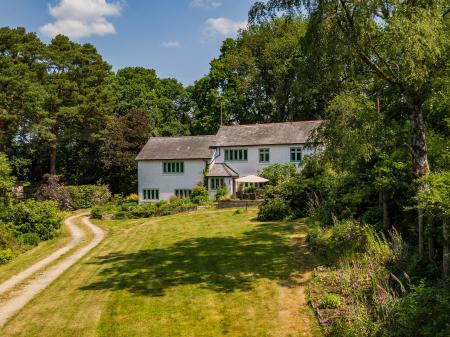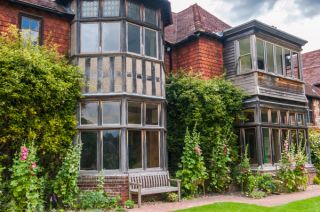
The Wakes has been restored as a museum dedicated to White's life and works. The ground floor of the house has several rooms recreated in 18th-century style, but most of the house is given over to exhibitions on White's personal life and his enormous influence on the study of natural history.
The original manuscript of his 'Natural History' can be viewed, and in addition, there are displays relating to the expeditions of Victorian explorer Frank Oates and polar explorer Captain Lawrence Oates.
Our verdict:
Most people will visit Selborne for its association with Gilbert White, but actually what impressed me most were the upper floors of the museum dedicated to the two Oates. I knew vaguely of Captain Lawrence Oates, whose selfless sacrifice to save fellow members of Scott's ill-fated expedition to the South Pole proved in vain. I had never heard of Frank Oates, but the exhibition on his travels through Africa brought home the hardship and excitement of early European attempts to explore the heart of Africa. It is truly fascinating stuff!
As good as the museum is, the gardens are equally interesting - you wouldn't know it by looking at the front of the museum facing onto Selborne High Street, but White's gardens stretch away behind the house to cover fully 20 acres. It is a wonderful mix of informal plantings, formal areas, park, lawns, and odd touches like a grotto and classical sculpture.
While in Selborne don't forget to stroll across the village green to the 12th-century church, where you will find the memorial to Gilbert White in the chancel.
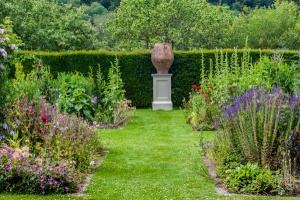
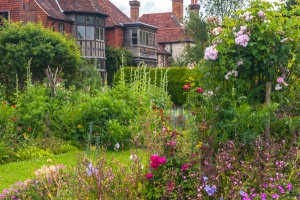
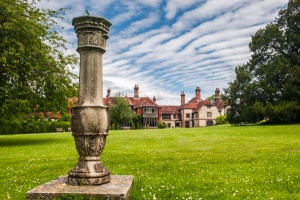



 We've 'tagged' this attraction information to help you find related historic attractions and learn more about major time periods mentioned.
We've 'tagged' this attraction information to help you find related historic attractions and learn more about major time periods mentioned.